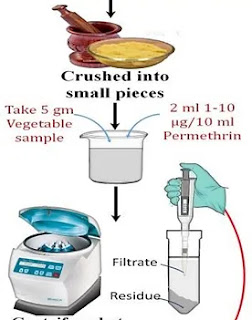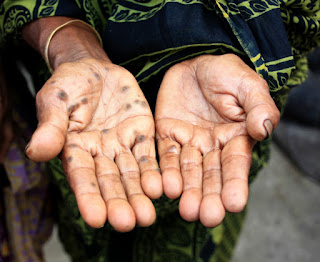Drying Behaviour and Kinetic Modelling of Shweta and Purple Guava (Psidium guajava L.) Leaves under Various Drying Techniques
Guava is a delicious fruit loaded with essential nutrients; in addition, its leaves are equally beneficial.
It contains various nutritional and bioactive compounds that offer a range of health benefits and
can be used as a complement to medicines. The experiments were carried out and replicated thrice
to evaluate the concentration of bioactive compounds in the dried leaves. Guava leaves were dried
in shade under ambient conditions as well as using tray (50°C, 60°C and 70°C) and microwave drying
(360 W, 540 W and 720 W).
To explain the drying process, nineteen available models were evaluated
for the best fit. The drying data were best explained by the Page model and Verma model in shade
drying; Midilli and Kuck model, as well as the Jena and Das model at 700C tray drying; Midilli and
Kuck and Logarithmic model for 360 W microwave drying of Purple guava and Shweta guava,
respectively. In both guava varieties, L*, a*, b* values were higher in fresh leaves in comparison to
shade, tray and microwave dried leaves. The flavonoid contents for fresh Purple and Shweta guava
leaves were 49.81 and 31.71 mg QE/ mg dry weight, respectively in comparison to 208.62 mg QE/mg
dry weight & 84.79 mg QE/mg dry weight for Purple and Shweta dried leaves.




Comments
Post a Comment